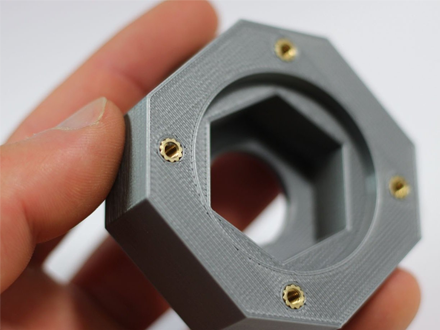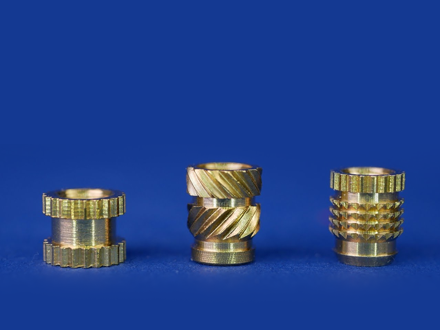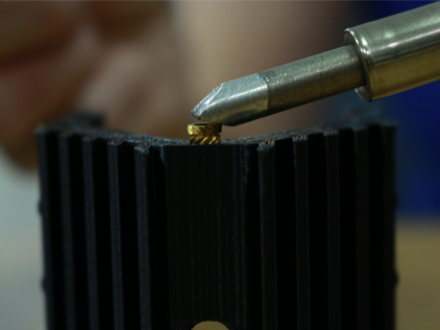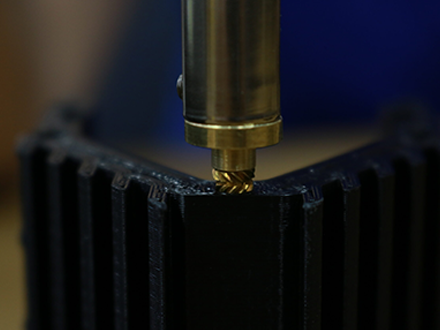Threaded Fasteners Guide in 3D Printed Parts
Threaded fasteners are used in components that need frequent openings for maintenance purposes. They also help in creating large components out of smaller components by joining them with threaded fasteners. Threaded fasteners are more common in plastic electronic enclosures and plastic consumer products. Although snap-fit joints are more suitable for 3D printed parts, threaded fasteners can be used for validating the design before injection molding.
There are 5 ways in which you can fasteners in 3D Printed Parts
1.Threaded Inserts
Threaded inserts are one of the best methods for fastening 3D printed parts. A hole which is slightly smaller than the insert is designed and 3D printed. Then the insert is secured by heating it with a soldering iron. The heat melts and joins the spikes on the insert into the base material thus fixing it in place firmly.


2. Pocket for nuts
This is another method in which metal nut and bolt is used. Instead of modeling the internal thread, a cavity for inserting the hexagonal nut is used and the nut is secured in place. The bolt side of the part is attached by screwing the bolt into the nut. Here the nut is acting as the internal thread for the part. Advantage of this method is that nuts of various sizes are available. Downside of this method is that the pocket needs to be properly supported while printing.


3. Self-tapping screws
This method is used if the diameter is very small (M3 to M5). This method is generally used for injection molded parts but not for 3D printed parts as layers could get separated due to the stress. But self-tapping screws can be used for visual validation by inserting into the 3D Printed concept model before injection molding the boss holes.


4. Taping the internal screw hole threads
This method involves cutting the internal thread profile in the boss with a thread tap (a thread tap looks similar to a drill bit but with a different cutting profile specifically made for cutting internal threads). This is not recommended unless the 3d printed boss wall is at least 4 mm thick with 3 perimeters (if printed in FDM). Taping the threads only works if the size of the screws/bolt being fixed is at least M8.


5. As-Modeled 3D Printed Screws
This involves modeling the screws and 3D printing both the screw and the threaded hole in the part. However due to most 3D printing layer height being 0.1 to 0.3 mm each screw thread only gets about 2 to 3 layers to create the shape which is not sufficient to achieve dimensionally accurate screw threads that can be screwed. Hence As-Modeled 3D Printed screws are limited to having size at least M20 or above. M20 thread has a pitch of 2.5 mm hence to create 1 thread profile we have more than 10 layers of 0.2 mm height each which can be printed with no problems.

